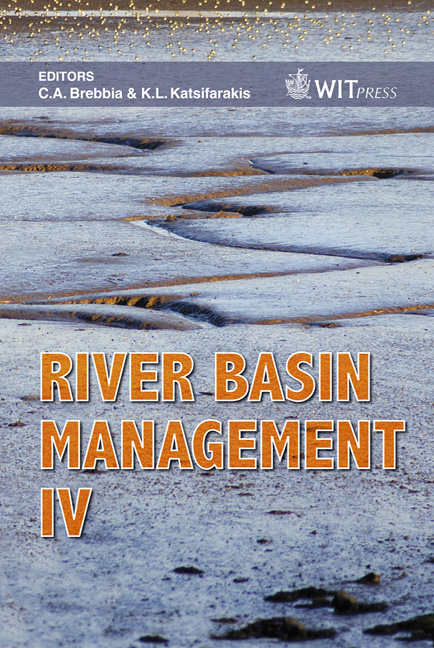Development Of The Prediction Method Of The Sediment Yield From Fault Rocks
Price
Free (open access)
Transaction
Volume
104
Pages
11
Published
2007
Size
344 kb
Paper DOI
10.2495/RM070331
Copyright
WIT Press
Author(s)
M. Papini & L. Longoni
Abstract
This paper deals with the definition of a methodology for the characterisation of areas sensitive to mountain erosion. In order to assess the sediment yield of catchments, in particular for alpine areas, the contribution of specific sediment sources – the fault rocks – is evaluated. Previous studies show the importance of fault rocks as potential sediment sources. There are many difficulties in defining the fractured state of the rocks and so applying a physical method can be impossible. This paper proposes a different approach. After numerous studies in alpine areas rich in these rocks, it is believed that multi-criteria analysis is the best way to define the characteristics of these zones and to enable the use of available data. In such a context the sample areas studied show the advantages in using a decision support system and not a physical method. In this field, only a method requiring easily available data could provide results. Below, the decision support system for evaluating fault rocks that have the most potential in contributing to erosion and consequently sediment transport is described. This is a first approach in order to then delve into the composite problem of sediment yield. This method deals with the most important sediment sources to take into account among these zones. The method is often better used in tandem with existing ones in order to evaluate all the sediment sources and so to define total sediment delivered from the slopes. Keywords: decision support system, fault zones, multi-criteria analysis. 1 Introduction One of the major problems regarding the management of catchments basins is that of identifying the main productive areas that can generate problems
Keywords
decision support system, fault zones, multi-criteria analysis.





